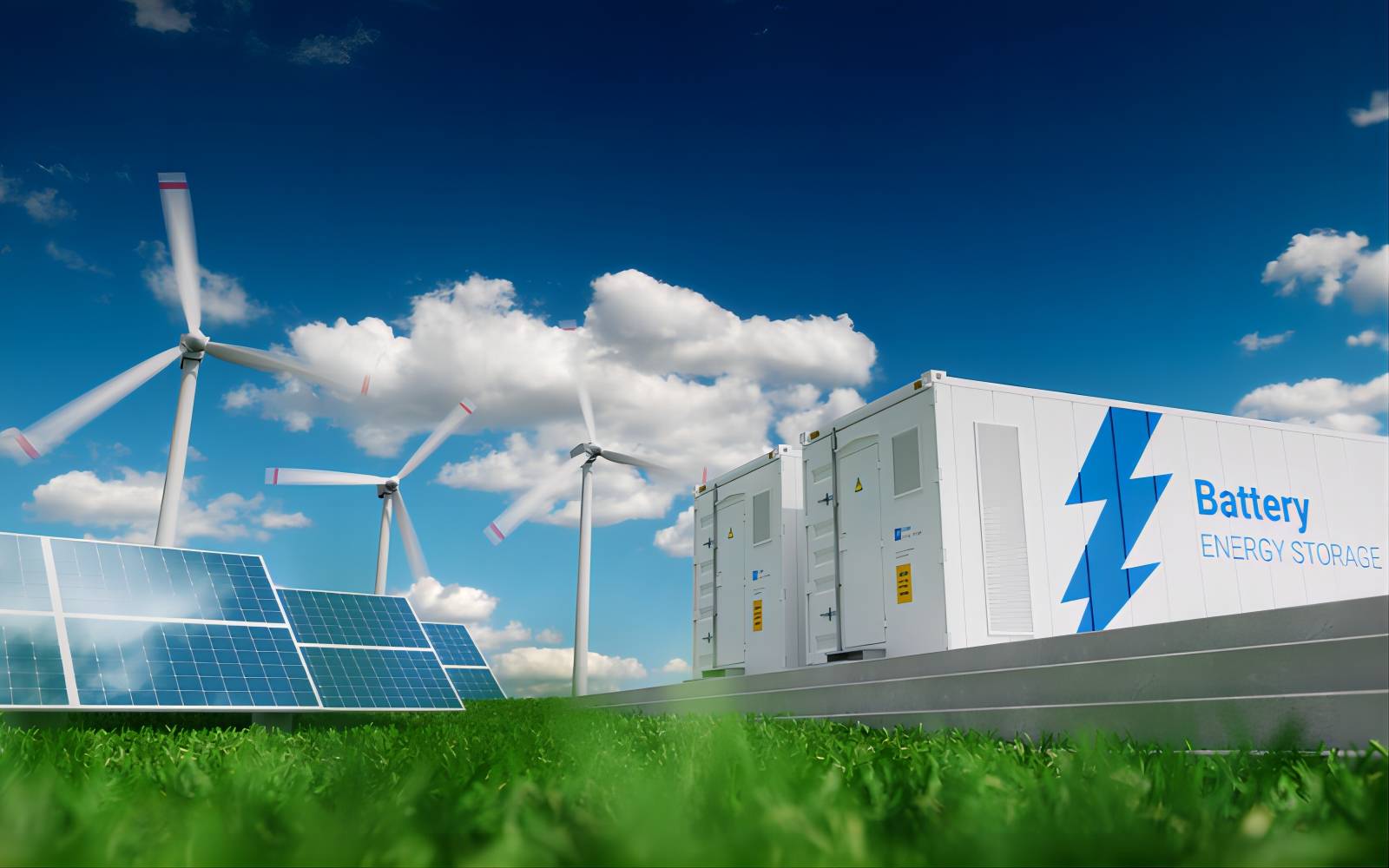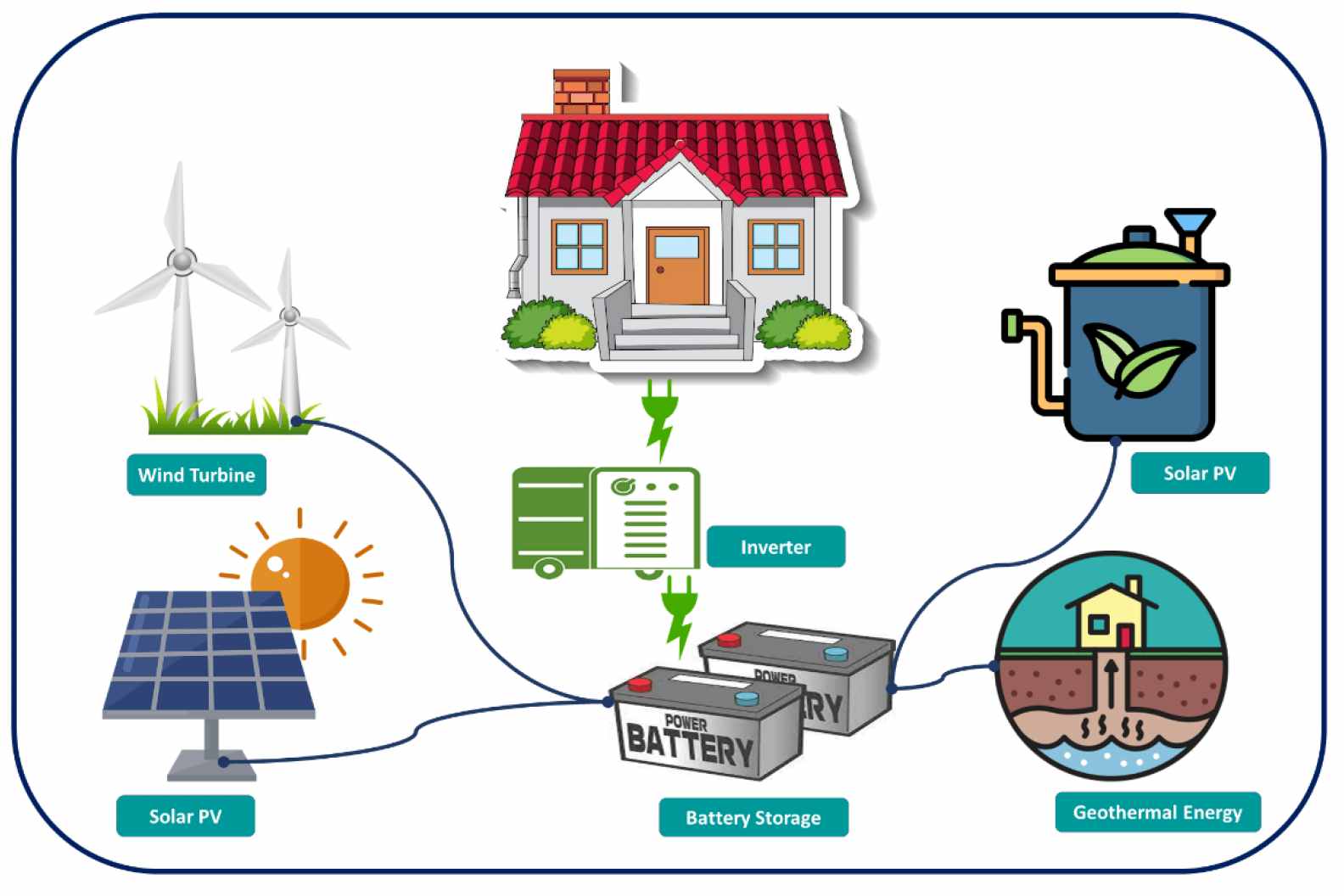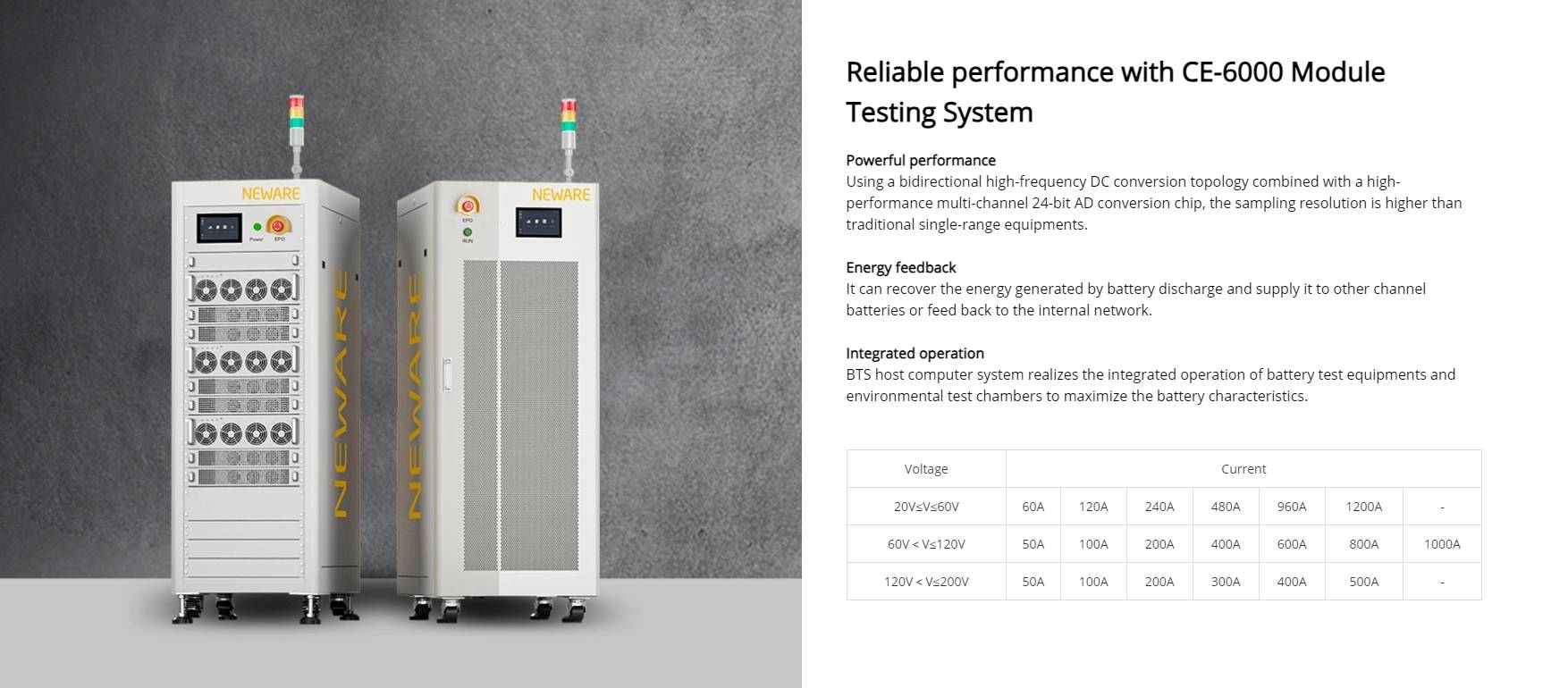The most common advantages and characteristics of Battery Energy Storage Systems (BESS) are: Emergency backup power, peak shaving, voltage support and frequency regulation, improved use of renewable energy, reducing carbon footprint and environment-friendly, and long-term cost savings.

Emergency backup power is a vital function of battery storage systems, providing a dependable and instantaneous source of electricity during power outages. This capability is crucial for maintaining the continuous operation of critical infrastructure such as hospitals, data centers, telecommunications networks, and emergency services, where even brief interruptions can have severe consequences. Battery storage systems offer a seamless transition from grid power to stored energy, ensuring that essential services remain operational without any disruption. In regions susceptible to natural disasters like hurricanes, earthquakes, and wildfires, these systems enhance grid resilience by supplying backup power when the main grid is compromised, potentially for extended periods. Additionally, as cyber threats to power infrastructure increase, having a reliable backup source becomes essential for mitigating the impact of such attacks. Battery storage systems also integrate well with renewable energy sources, storing excess energy generated from solar and wind to be used during outages, thus promoting sustainability and reducing dependence on fossil fuels. This integration is particularly beneficial for creating autonomous microgrids in remote or off-grid areas, providing reliable power independent of the main grid. Economically, battery storage offers significant advantages by reducing the need for expensive and high maintenance diesel generators, thereby lowering operational costs. For businesses, the systems act as a safeguard against the substantial financial losses that can result from power outages, ensuring business continuity and customer satisfaction. Technological advancements in battery storage, including improvements in efficiency, storage capacity, and lifespan, have made these systems more effective and scalable, catering to the backup power needs of residential homes, commercial enterprises, and large industrial facilities alike. In residential applications, battery storage can keep essential appliances running, such as lighting, heating, refrigeration, and medical devices, enhancing energy independence for homeowners with solar panels. Commercial entities benefit by maintaining critical operations and protecting perishable goods, while industrial facilities avoid costly shutdowns and ensure the safety of their operations. In the public sector, emergency services and government buildings rely on battery storage to maintain operational readiness and ensure public safety during power outages. Overall, the emergency backup power function of battery storage systems is indispensable for enhancing the resilience, reliability, and sustainability of power supply across various sectors.

Peak shaving is a crucial function of battery storage systems, designed to manage and reduce the demand for electricity during periods of peak usage. This process involves using stored energy to supplement grid power when consumption spikes, typically during certain times of the day or extreme weather conditions. By discharging stored energy during these high demand periods, battery storage systems help to flatten the demand curve, significantly mitigating the strain on the power grid. This not only prevents the need for utilities to activate costly and often less efficient peaking power plants but also helps in reducing the overall cost of electricity for consumers. Peak shaving contributes to a more stable and reliable power supply by smoothing out fluctuations in demand, which can otherwise lead to voltage instability and potential blackouts. For businesses, peak shaving can result in substantial cost savings by lowering demand charges, which are fees based on the highest level of power consumption during a billing period. These charges can constitute a significant portion of a commercial electricity bill, and by reducing peak demand, businesses can achieve financial efficiency. Moreover, peak shaving supports the integration of renewable energy sources, as energy generated from solar panels or wind turbines during low demand periods can be stored and used during peaks, enhancing the overall utilization of renewables. This process also aligns with environmental goals, as it reduces dependence on fossil-fueled peaking plants that typically have higher emissions. Technological advancements in battery storage, such as improved energy density, faster response times, and enhanced control systems, have made peak shaving more effective and accessible to a wider range of users, from large industrial enterprises to small residential setups. In residential applications, homeowners can benefit from lower electricity bills by shifting their power consumption patterns and using stored energy during peak times. For utilities, implementing peak shaving strategies with battery storage helps to defer infrastructure investments, such as new power plants and grid upgrades, thereby optimizing capital expenditure. Overall, peak shaving through battery storage not only provides economic and operational benefits but also plays a significant role in promoting a more sustainable and resilient energy system.
Voltage support and frequency regulation are integral functions of battery storage systems that play a pivotal role in maintaining the stability and reliability of the power grid. Voltage support involves using battery storage to stabilize voltage levels across the grid, preventing fluctuations that can damage equipment and disrupt power quality. By providing reactive power, batteries can quickly adjust voltage levels in response to changes in demand or supply, ensuring that voltage remains within acceptable limits. This capability is crucial for integrating renewable energy sources, which can cause voltage variability due to their intermittent nature. Meanwhile, frequency regulation is essential for maintaining the balance between electricity supply and demand. The frequency of the power grid must be kept within a narrow range to ensure the proper functioning of electrical devices and the overall stability of the system. Battery storage systems excel in this area because they can respond almost instantaneously to frequency deviations, either by discharging energy to counteract a drop in frequency or by absorbing excess energy to reduce an over-frequency condition. This rapid response is much faster than traditional power plants, which can take several minutes to ramp up or down. The use of battery storage for frequency regulation not only enhances grid stability but also reduces the need for spinning reserves—power plants that are kept running at low output to be ready to increase production on short notice. This reduction in spinning reserves can lead to significant cost savings and lower emissions. Moreover, battery storage systems can participate in ancillary services markets, where they are compensated for providing voltage support and frequency regulation, creating an additional revenue stream for their operators. Technological advancements in battery storage, such as improved energy density, faster charge and discharge rates, and sophisticated control algorithms, have further enhanced their effectiveness in these roles. For utilities, the ability to use battery storage for voltage support and frequency regulation means greater operational flexibility and reliability. It also supports the integration of higher levels of renewable energy, contributing to a cleaner and more sustainable energy system. For industrial and commercial users, these functions can prevent costly downtime and equipment damage caused by voltage sags and frequency disturbances, ensuring smooth and efficient operations. Overall, voltage support and frequency regulation provided by battery storage systems are critical for maintaining a stable and efficient power grid, supporting the transition to renewable energy, and delivering economic and operational benefits across the energy landscape.

Renewable energy integration is one of the most transformative functions of battery storage systems, enabling a more sustainable and resilient energy grid by addressing the inherent intermittency of renewable sources like solar and wind. These renewable energy sources generate electricity dependent on weather conditions and time of day, leading to periods of excess generation when the sun is shining or the wind is blowing, and periods of low generation when conditions are not favorable. Battery storage systems bridge this gap by storing excess energy produced during peak generation times and discharging it when renewable output is low or demand is high. This capability ensures a continuous and reliable power supply, facilitating a higher penetration of renewables into the energy mix without compromising grid stability. By smoothing out the fluctuations in renewable energy generation, battery storage helps to maintain the balance between supply and demand, reducing the need for backup from fossil-fuel power plants and thereby lowering greenhouse gas emissions. Furthermore, integrating battery storage with renewable energy systems can enhance grid resilience and reliability, particularly during extreme weather events or grid disruptions. For instance, during a sunny day, solar panels might generate more electricity than needed, which can be stored in batteries and used during the night or cloudy days, ensuring a steady energy supply. Similarly, wind turbines can store energy during windy periods and provide power when the wind is calm. This not only maximizes the use of renewable energy but also makes the energy system more flexible and adaptable. Technological advancements in battery storage, such as increased energy density, improved efficiency, and longer lifespan, have made these systems more viable and cost-effective for large-scale renewable integration. Additionally, battery storage facilitates the creation of microgrids, which can operate independently from the main grid and are particularly useful in remote or off-grid areas. These microgrids can rely entirely on locally generated renewable energy, stored in batteries, to provide a reliable and sustainable power source. For utilities, integrating battery storage with renewable energy can defer the need for expensive grid upgrades and reduce operational costs by minimizing the reliance on peaking power plants. On a larger scale, this integration supports national and global goals for reducing carbon emissions and combating climate change. For residential and commercial users, battery storage paired with renewable energy systems can lead to significant cost savings on electricity bills by reducing reliance on grid power and taking advantage of time-of-use pricing. Moreover, it provides energy independence and security, especially in areas prone to power outages. Overall, renewable energy integration through battery storage is a key enabler of a cleaner, more reliable, and more resilient energy future, supporting the transition to a low-carbon economy while delivering economic and environmental benefits.

Reducing carbon footprint and promoting environmental friendliness are essential functions of battery storage systems, playing a significant role in the global effort to combat climate change and foster a sustainable energy future. Battery storage systems facilitate the integration of renewable energy sources like solar and wind, which are inherently clean and produce no greenhouse gas emissions during operation. By storing excess renewable energy generated during periods of high production and releasing it when demand is high or renewable generation is low, battery storage ensures a continuous and reliable supply of green energy. This capability reduces the reliance on fossil-fuel power plants, which are major contributors to carbon emissions and air pollution. In doing so, battery storage helps to lower the overall carbon footprint of the energy sector, making it possible to achieve substantial reductions in greenhouse gas emissions. Moreover, battery storage systems contribute to the optimization of energy use and efficiency. They enable peak shaving and load leveling, which reduce the need for energy generation from fossil fuels during peak demand times. This not only alleviates the strain on the grid but also minimizes the operation of peaking power plants, which are typically less efficient and more polluting. Additionally, battery storage systems can support the electrification of various sectors, such as transportation, by providing reliable and renewable power for electric vehicles (EVs). By powering EVs with electricity stored from renewable sources, the overall emissions associated with transportation can be significantly reduced, further contributing to a lower carbon footprint. The environmental benefits of battery storage extend beyond carbon reduction. By enhancing grid stability and enabling the more efficient use of renewable energy, battery storage reduces the need for new power plant construction and grid infrastructure expansion, which can have substantial environmental impacts. Furthermore, advancements in battery technology are leading to more sustainable and less resource-intensive storage solutions. Innovations such as recycling programs and the development of batteries with longer life cycles and higher energy densities are reducing the environmental footprint of battery production and disposal. For businesses and residences, adopting battery storage systems can lead to more environmentally friendly energy consumption patterns, reducing their overall carbon footprint and contributing to broader sustainability goals. By optimizing the use of renewable energy and enhancing energy efficiency, battery storage systems provide a pathway to a cleaner, more sustainable future. Overall, the role of battery storage in reducing carbon footprint and promoting environmental friendliness is pivotal. It supports the transition to a low-carbon economy, mitigates the impacts of climate change, and fosters a more sustainable and resilient energy system, delivering significant environmental, economic, and societal benefits.

NEWARE CE-6000 Module Testing System using a bidirectional high-frequency DC conversion topology combined with a high-performance multi-channel 24-bit AD conversion chip, the sampling resolution is higher than traditional single-range equipments. It can recover the energy generated by battery discharge and supply it to other channel batteries or feed back to the internal network. BTS host computer system realizes the integrated operation of battery test equipments and environmental test chambers to maximize the battery characteristics. AC/DC and DC/DC dual-stage high-frequency isolation modular design, combined with low temperature drift and high-performance multi-channel 24-bit analog-to-digital converter chip, the steady-state accuracy is higher than that of traditional equipment. Integrated peripheral devices such as Auxiliary Voltage, Auxiliary Temperature, and Environmental Test Chambers for comprehensive testing and evaluation, providing multi-dimensional and quantifiable support for battery mass production testing.
NEWARE is dedicated to delivering complete energy storage battery solutions that encompass a wide range of applications, including backup power supplies, communication base stations, and photovoltaic / wind power stations. Equipped with advanced software functionality, our solutions can tackle complex testing requirements with ease. NEWARE not only produces excellent battery testing equipments, but also provides complete software and hardware solutions such as NEWARE AI, MES and automatic production line projects for battery industry enterprises and universities. NEWARE provides a rich selection of auxiliary modules and accessories to meet the complex needs of customers.
NEWARE dedicated to providing support for global battery manufacturers, electric vehicle producers, energy storage battery manufacturers, as well as enterprises, national quality inspection departments, universities, and research institutions.




The lab focuses on solid-state battery research to overcome traditional lithium batteries' safety and energy density issues, supporting environmental sustainability. It develops innovative solid-state electrolytes, refines electrode materials, and investigates ion transfer and interface stability to revolutionize battery technology.

The electric vehicle battery industry is rapidly developing, focusing on technological innovation, market competition, and sustainability. Research hotspots include solid-state batteries, new types of electrolytes, BMS optimization, and recycling technologies. The environmental adaptability, safety, and economic viability of batteries are key research areas, and the industry is expected to undergo more innovation and transformation.

Specializing in battery preparation technology research, the focus is on overcoming existing energy storage challenges by innovating in electrode materials, battery chemistry, and manufacturing processes to improve performance, safety, and reduce costs. Sustainability and recycling technologies for batteries are also emphasized to mitigate environmental impacts and foster the growth of green energy.